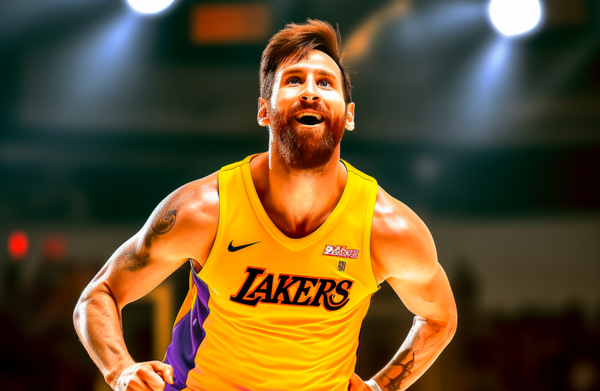Multi-Club Ownership in Sports: Revolution or Risk?

Multi-club ownership in sports refers to a business model where a single entity or individual owns multiple sports clubs, often in different countries or leagues. This model has gained popularity in recent years, particularly in football, with prominent examples being the City Football Group and Red Bull's stable of clubs.
👀 Key Takeaways
- Multi-club ownership allows investors to diversify their portfolios, spread risks, and leverage synergies across clubs[6].
- The model can facilitate player transfers, development, and scouting within the network of clubs[6].
- Critics argue that multi-club ownership can lead to conflicts of interest and threaten the integrity of competitions[5].
- UEFA and other governing bodies have rules in place to prevent clubs with common ownership from competing in the same competition[5].
- The trend of multi-club ownership is expected to continue growing in the future[6].
🔍 Market Trends
- More than 180 clubs worldwide are part of a multi-club structure, up from fewer than 40 in 2012[1].
- A third of multi-club investment groups are based in the US[2].
- Multi-club ownership has grown in popularity due to factors such as Brexit, increased interest from US investors, and the potential for talent development and commercial opportunities[6].
🏆 Top Businesses
- City Football Group: Owns Manchester City and several other clubs across the globe, including New York City FC, Melbourne City, and Girona[3].
- Red Bull: Owns football teams such as RB Leipzig, Red Bull Salzburg, New York Red Bulls, and Red Bull Bragantino[3].
- Pacific Media Group: Owns Barnsley and has controlling stakes in clubs like AS Nancy, Esbjerg fB, and KV Oostende[3].
🧩 What If Scenarios
- What if UEFA relaxes its rules on multi-club ownership, allowing clubs with common ownership to compete in the same competition?
- What if multi-club ownership leads to a significant distortion of the transfer market, with clubs within the same group manipulating transfer fees and player values?
- What if the trend of multi-club ownership extends to other sports, leading to similar models in basketball, baseball, or other popular sports?
💡 Idea Generation
- Explore partnerships and collaborations between clubs within a multi-club ownership group to share resources, knowledge, and best practices.
- Develop a global scouting network to identify and recruit talent across the clubs within the ownership group.
- Leverage the multi-club ownership model to negotiate better sponsorship and commercial deals for the clubs involved.
- Create a centralized governance structure to streamline decision-making and operations across the clubs in the group.
- Foster fan engagement and loyalty by offering unique experiences and opportunities for supporters of clubs within the multi-club ownership group.
🔮 Future Impact
- Multi-club ownership is expected to continue growing, with more investors seeking to diversify their portfolios and leverage synergies across clubs[6].
- The trend may lead to increased scrutiny and potential regulatory changes from governing bodies like UEFA to address concerns about conflicts of interest and competition integrity[5].
- The multi-club ownership model could influence the transfer market, with clubs within the same group potentially manipulating transfer fees and player values[6].
- The success of multi-club ownership in football may inspire similar models in other sports, leading to a broader trend of multi-sport ownership[6].
Keep an eye on how governing bodies, investors, and clubs navigate the challenges and opportunities presented by this growing business model.





